- Home
- Peter Corris
Sweet & Sour Page 6
Sweet & Sour Read online
Page 6
During my stay in London, I became ill with diarrhoea and vomiting: poisoning of some kind. Careless of my health as I was, I knew that this was a dangerous condition for a diabetic, and dragged myself to the doctor for treatment – under the National Health.
I recovered from the bout and when I returned for a checkup, the doctor suggested I could control my diabetes by oral medication rather than by injecting insulin. This was ignorant and irresponsible: Juvenile-onset diabetes cannot be controlled in this way.
But I was equally ignorant and tried the tablets for a week – a miserable failure, resulting in a return to thirst and slurping gallons of water. I had enough sense to revert quickly to insulin, but not enough sense to try to regain something approximating control.
As in my early student days, it's likely I kept the sugar levels under some rough restraint by walking great distances. London in 1970 was still swinging but I didn't have the confidence to swing. I spent a good deal of time on my own and killed much of it with the walking.
I covered a good deal of inner London, visiting the places I had read about – Bloomsbury, Hyde Park, Highgate Cemetery (to see the grave of Karl Marx), Hampstead Heath, Whitechapel (I was something of a Ripperologist), and went by train to Brighton and Hastings, where I also walked. I had occasional hypos, suggesting that the sugar level was not consistently high, but insidious damage was certainly being done. As always, I drank too much and smoked.
At that time smoking was permitted in cinemas. I went often to films in the city, Chelsea and Knightsbridge, smoking along with the rest.
Towards the end of my time in England, Jim Davidson, the professor in the department where I had done my doctorate, wrote and advised me to apply for the Research Fellowship in Pacific History currently advertised. I did so and received a telegram from him, telling me I had the job, subject to a medical examination.
I took steps to get my blood sugar down to acceptable levels. For a week before the medical I drank little, kept strictly to my diet, walked and tested regularly. The doctor who examined me was an extremely handsome woman, not much older than me. There was a minor glitch when an irregular heartbeat was detected, but I was able to convince her that this was a benign heart murmur, first diagnosed many years before. I characterised myself as an 'occasional social drinker' and a 'light smoker'. I passed the medical, although both my blood sugar level and blood pressure were higher than they should have been. The doctor also reported some deterioration of vision in my left eye.
Again, these would have been urgent warning signs to anyone with a knowledge of the downside of the disease. I should have investigated this further, questioned the young doctor closely and learned more. Should I have been issued warnings and advised to see an endocrinologist? Perhaps, but they were my eyes and I should have been seriously alarmed. In my ignorance I wasn't, and did nothing.
My companion at this time was a woman I'd met in Canberra. She came to England to stay and travel with me through the long Australian academic vacation. I had always minimised the importance of diabetes and she had no reason to think that our pub-going, exercise-free lifestyle was damaging. Her staples were Coca Cola, scotch whisky, cigarettes and potato chips – I can't recall her ever cooking a meal. While I ate more healthily than that, trying to include fruit and salad, if not fresh vegetables, my diet fell a long way short of what it should have been. We went to Ireland where, inevitably, I drank a lot of calorific, high carbohydrate draught Guinness.
When I look back on that time from 30 years later, I feel very little connection with the person I was then. Instead, I am inclined to analyse his actions and motives as I would those of a character in a novel. I am led to the conclusion that for that 28-year-old man, things were apparently going extremely well – far better than he could have expected. He had escaped the suburban dreariness, travelled, gained high qualifications, been appointed to a prestigious job, had a handsome and congenial companion and influential patrons, and a bright future.
Far from being a handicap, diabetes had been a springboard to a richer life. What reason was there to fear or pay much attention to it?
10'By the way, he's a diabetic'
'A diabetic? Nothing but trouble. Don't have anything to do with him'.
Clare Golson to Jean Bedford, 1972
After eight months in Britain and Europe, I travelled to the United States. It's clear from my diary that I was paying little attention to diabetes at this time; there is no mention of urine testing. The reagent tablets would have been very expensive in the United States without a prescription, so I have to conclude that I was not testing at all, just flying by the seat of my pants.
Likewise with diet. I recorded my experiments with American food: tacos, which I found uninteresting; grits (tasteless), and the palatable but high carbohydrate hash browns. I also ate in a McDonalds (then a fairly new phenomenon) but the hamburger was awful and the filling and bun insipid. I have never been inclined to repeat the experience.
On the credit side, while in New York and Boston, I was walking a good deal and eating plenty of delicious Californian fruit. Against that, I was drinking a lot of the very good and cheap Californian red wine (no-one drank white wine in those days).
I flew to the west coast to give a lecture at the University of California at Santa Cruz. I had shed the beard and looked much younger than my years. As the legal drinking age in California was 21, I was constantly being challenged as to my age when drinking in bars or buying wine and beer in supermarkets. I carried my passport with me at all times. Although I was frequently asked by teenagers to buy beer for them, the penalties for doing this were severe and I always refused, even when offered money.
Living sometimes in sleazy San Francisco hotels (my money was running low) and at other times in sumptuous university residences, was not conducive to dietary control. The best and cheapest meals on the west coast were served in the steakhouses – $3.95 for a thick grilled steak with a big baked potato and salad (all fine for a diabetic), and a huge stein of disastrously sweet American beer.
In the middle of 1971 I returned to Canberra to take up my position at the ANU. I was provided with a three-bedroom house for my companion and me at a very low rent. These were the last days of academic affluence. It was perhaps a mile and half from the house to the university. Nowadays I would walk; then, I used the car. It was some time before the jogging, walking and cycling crazes hit Australia, and in Canberra in particular, we drove everywhere.
I settled into the kind of lifestyle I was to follow, to my very great cost, for the next few years. The work was not taxing and thoroughly enjoyable. There was plenty of time for lunches with wine, drinks after work at the Staff Centre and dinners in restaurants and the homes of our friends. Money was not a problem. My partner and I earned good salaries and we drove and flew frequently to Sydney for weekends to spend time going to parties and restaurants with people equally well off. It was a time of great optimism with the conservative government on its last legs under the ineffectual McMahon, the Australian participation in the Vietnam war clearly winding down and the sexual and social liberation of the sixties unthreatened.
I had not seen an endocrinologist since leaving Melbourne five years before and made no attempt to contact one in Canberra. I can't account for this stupidity unless it was a suspicion that loose living was going to have consequences I did not want to face. Again, I'm looking at myself like a character in a novel, but it might have been so.
I was not totally without medical supervision at this time. I had to have an eyesight test each year to keep my driver's licence, but this was done perfunctorily by a GP. I obtained prescriptions for insulin from the same doctor, but he never subjected me to a full examination or asked questions about my regimen (I followed none, apart from injecting the insulin and avoiding the obviously forbidden foods). At about this time, very belatedly, I became aware that the urine testing strips available were a considerable improvement on the old eye dropper, test tube and tabl
et method.
The procedure was to dip the strip in a urine sample, but I was certainly not the only diabetic to piss directly onto it for convenience. Whether this affected the result I don't know; urine testing was ineffective anyhow.
Had I only known it, considerable improvements had been made in other areas of treatment and management of diabetes. The glucometer, enabling diabetics to accurately test the blood sugar at any time of the day, was available. It was expensive but I would have been able to afford it. Disposable syringes made the whole injection procedure much less cumbersome, and the glucometer was awakening doctors to the fact that much better control was achieved by multiple injections. Due to my own neglect, I knew nothing of this and continued to follow the outmoded practices of the '50s.
In a sense, I had been brainwashed to rigidly inject the same amount of insulin at the same times each day. I later learned that more mature and aware diabetics, such as Dr Noel McLachlan, my former colleague at Monash, vary their insulin dose according to daily activity and behaviour. Had I done this I might have avoided some of the pain that was in store but, foolishly, I was uninterested in diabetes and treated it as a nuisance rather than as something to manage in my own best interests.
Paradoxically, I slept well, rarely caught colds or flu, and could work all day and play well into the night without apparent ill effect. I was somewhat concerned that I was gaining weight – the result of high calories in the alcohol and reduced physical activity – but again I did not know that the heavier the person, the more insulin is required to keep sugar levels under control. Diabetics should stay thin, and though not fat, I was not thin either. Vascular damage was certainly being done but I was more concerned from a vanity point of view – I disliked the softening of my chin and waist.
So occasionally I played tennis and thought about taking more exercise, even attempting once to scull on Lake Burley Griffin under the guidance of friends who were expert rowers. I was unable to balance the boat, fell in and gave up. I also had a go at squash and disliked it. Mostly, I tried to hold my head at a higher angle and suck my stomach in.
Early in 1972 I went to Papua New Guinea en route to the Solomon Islands to continue work on the labour trade and related topics. There I met Jean Bedford, who I was to live with for the next 11 years and ultimately marry, although not without considerable drama along the way3.
This time in the Solomons I was taking a little better care of myself and drinking less out of vanity, wanting to present well to Jean. My weight fell to a possibly too light 11 stone (70kg) and I was walking miles every day under a tropic sun. I overdid it. As I now know, the lower the body weight, the less insulin required, but I was injecting the same amount as always.
One day, on San Cristobal, after walking several miles in the heat to reach a point where I could catch a boat, I fell asleep in the shade behind a shed. I slept deeply and my sugar level dropped dramatically, throwing me into the most severe hypo I had experienced in years. I awoke wringing wet, unable to stand and confused to the point of imbecility. There was no-one around but in any case I would have been unable to communicate anything coherent.
I fell asleep again, convinced that I was going to die and desperately sorry that I would never see Jean again. When the body is stressed, as mine certainly was, the liver secretes glucose to enable it to cope. I came out of the sleep just sufficiently alert to claw open my bag and shovel in the few pieces of barley sugar I could find. I had been given a tube of sweetened condensed milk in a mission, which I had not used because its sugar content was so high. Now, I pierced the top with a match and almost sucked it dry. Slowly, my strength came back and with it clarity of mind. I was able to compose myself enough to get down to the wharf and catch the boat.
It had been a near thing. I was lying where no-one could have seen me and if I had not had the barley sugar and sweetened milk I could not have attracted attention. Convulsions and exposure could have done for me.
The subject of diabetes came up early on in my relationship with Jean. Clare Golson, the charming, extroverted wife of Jack Golson, Head of the Archaeology Department at the ANU, had been a nurse. The Golsons were visiting Port Moresby.
'A diabetic?' she said to Jean. 'Nothing but trouble. Don't have anything to do with him.'
Happily, Jean ignored the advice. As far as she could see I was a fit, lean, almost-thirty-year-old with no discernible frailties. In those early weeks we spent together I was careful to avoid hypos, using what I called the 'piss strips' to monitor the sugar level and probably keeping it too high too much of the time. I injected in private and minimised the fuss about sterilisation, needles and insulin. I did not tell Jean about the near-disastrous hypo in the Solomons, and reassured her by saying that Clare's perceptions were out of date. I had been diabetic for 15 years and thought it had done me no harm, apart from weakening my eyesight. I was a Doctor of Philosophy, a much-published academic who could drink, dance (after a fashion) and play tennis a bit.
Jean left New Guinea to live with me in Canberra, bringing her three-year-old daughter, Sofya. We spent some time in Melbourne, avoiding the hostility of my former partner. Early one winter morning I left Melbourne to drive to Canberra in a day with a fuel stop at Albury. It was still dark for the first few hours of the drive and I remember having some difficulty in seeing the road. At Kilburn, on the outskirts of the city, it was foggy and I had to make several stops because of the poor visibility. I had driven through fog often enough before without trouble and should have known something was wrong.
I found Sofya a joy and Jean and I were keen to have a child of our own. We struck a snag when a test I had, after months of apparent failure, showed that I had an extremely low sperm count: virtually nil. We were told that this was 'not uncommon' with diabetics and had just reconciled ourselves to having one child only, when Jean almost immediately became pregnant. It transpired that she had washed the bottle into which I had contributed the sample, and this had killed the sperm. My sperm count, in fact, was normal. Our daughter, Miriam, was born in October 1973 and two years later we had another daughter, Ruth.
Canberra winters are severe and I seemed to be less healthy than before. After going rabbit shooting on a particularly bleak day I got a heavy cold; a chest infection with other complications set in soon after. I became very ill, despite Jean's nursing, and sank into something like a coma after taking less insulin than normal and eating less – an ignorant strategy. Jean called a doctor who diagnosed the infection and wrote out a prescription.
'By the way, he's a diabetic,' she said as the doctor was leaving.
That put an entirely different spin on things. The doctor called an emergency ambulance and I was hospitalised in a most dangerous condition: a diabetic with high blood sugar and ketosis poisoning. I responded quickly to insulin and glucose injections as the doctors monitored my blood sugar, the antibiotics in combat with the infections.
Not long after I was released from hospital I encountered two of the doctors who had treated me. I was at the university staff club drinking beer and smoking. They shook their heads and told me how close I had come to dying; it appals me now to record that I took no notice.
In my own defence, I believe these doctors erred in not referring me to an endocrinologist. They were young, probably in training only, and would not have had the authority to insist. Certainly no exhaustive tests were conducted on me. Blood tests and bio-chemical screening would have shown alarming irregularities that could have alerted me, but it's impossible to say. I had ignored many warnings before.
In 1974 I was appointed to a lectureship in History at the University of Melbourne. We bought a house in Fitzroy and settled into an inner city lifestyle which involved me taking Sofya to her preschool on the back of my bike. The area was flat so the going wasn't hard, but the exercise must have helped offset the factors that were potentially disastrous for a diabetic, particularly my ever-increasing alcohol consumption.
We entertained frequently at the Fi
tzroy house, which had a kind of patio at the back with a grapevine growing all around it. I remember lunches in that pleasant, leafy area… the Lebanese food, with its difficult-to-calculate carbohydrate content, pasta (certainly too much), Chinese dishes, inevitably containing sugar and honey – and drink. Mostly wine and beer, but during one notable session with Jean's old friend Phillip Frazer, who had just flown in from New York, ouzo!
After a year at Melbourne University and another at the Gippsland Institute of Advanced Education, my romance with academic life was over. Times had changed, annual examinations as the sole means of assessment were out and progressive assessment was in. The old elitist, competitive idea of the university in which I'd thrived was breaking down and I couldn't adjust. I had begun to write book reviews for newspapers and magazines and was getting a kick out of the quick publication. I was also trying my hand at fiction. At the end of 1975 we sold up in Melbourne and moved to Sydney.
11Going blind
retinopathy: any disorder of the retina resulting in the impairment of vision. It is usually due to damage to the blood vessels of the retina, occurring (for example) as a complication of diabetes…
Concise Oxford Medical Dictionary
About halfway through 1976, I was pushing Miriam in a stroller through Glebe, when I became aware of spots in front of my eyes. I had noticed something like this a few times before, but it would seem to clear up and I thought nothing of it. Now the spots appeared bigger and mobile and were interfering with my vision. I blinked and rubbed my eyes but this had no effect. I was having trouble focusing and getting a clear image, even of objects quite close to me.
I had always known that long-term diabetes had an effect on the eyesight and had resented the loss of acuity I had suffered early on. But I hadn't calculated on more serious threats to my vision and, alarmed, I telephoned Dr Taft in Melbourne. He must have been surprised to hear from me after so many years, but when I told him of the problem he referred me to Dr Warren Kidson, an endocrinologist in Randwick, urging me to see him as soon as possible.

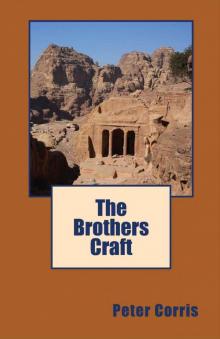 The Brothers Craft
The Brothers Craft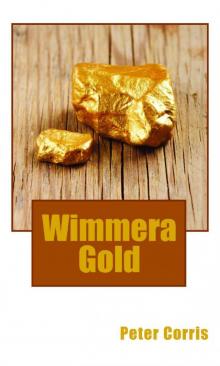 Wimmera Gold
Wimmera Gold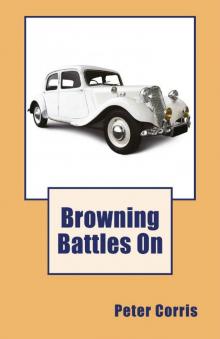 Browning Battles On
Browning Battles On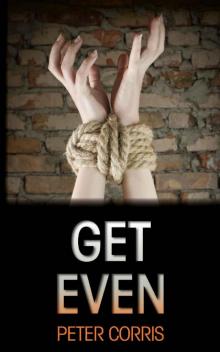 Get Even
Get Even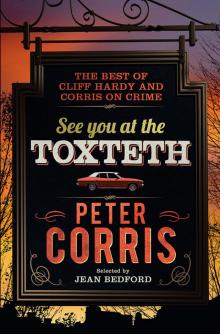 See You at the Toxteth
See You at the Toxteth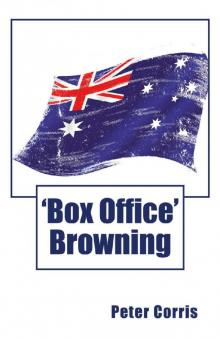 Box Office Browning
Box Office Browning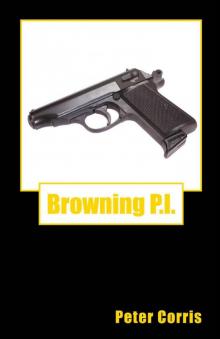 Browning PI
Browning PI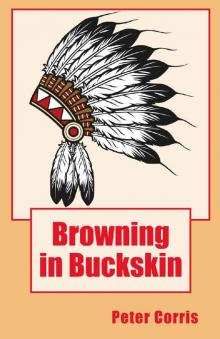 Browning in Buckskin
Browning in Buckskin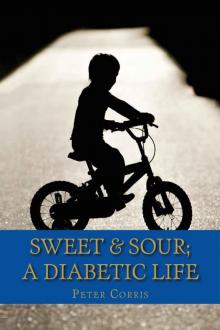 Sweet & Sour
Sweet & Sour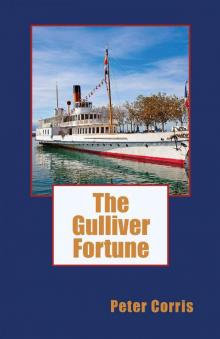 The Gulliver Fortune
The Gulliver Fortune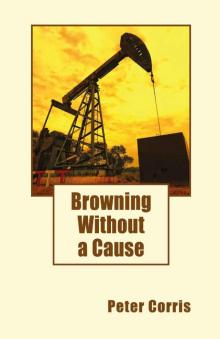 Browning Without a Cause
Browning Without a Cause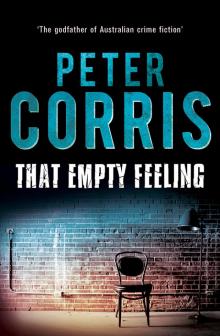 That Empty Feeling
That Empty Feeling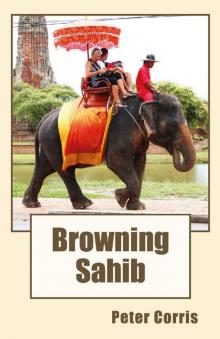 Browning Sahib
Browning Sahib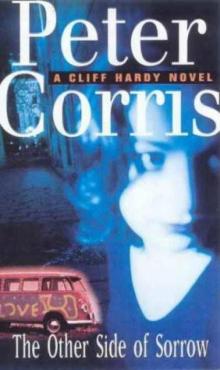 The Other Side of Sorrow ch-23
The Other Side of Sorrow ch-23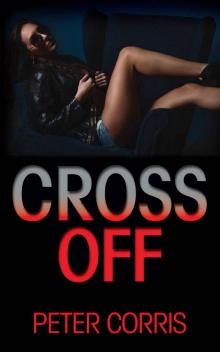 Cross Off
Cross Off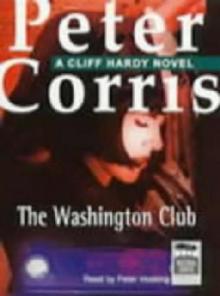 The Washington Club ch-19
The Washington Club ch-19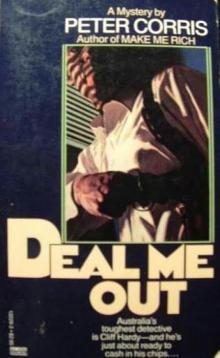 Deal Me Out ch-9
Deal Me Out ch-9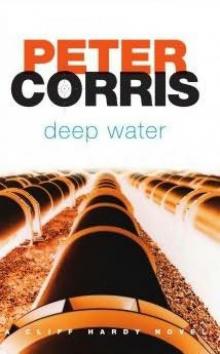 Deep Water ch-34
Deep Water ch-34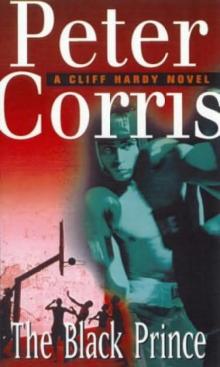 The Black Prince ch-22
The Black Prince ch-22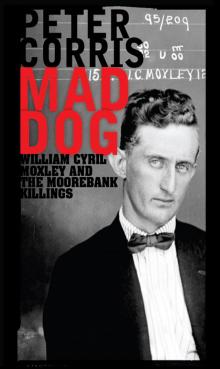 Mad Dog Moxley
Mad Dog Moxley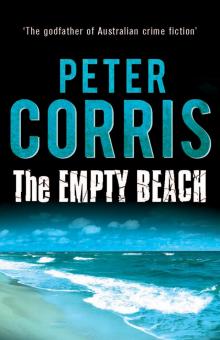 The Empty Beach
The Empty Beach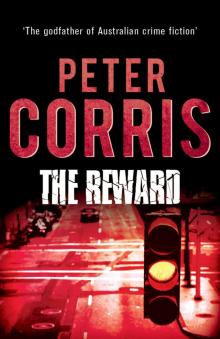 The Reward
The Reward Forget Me If You Can ch-20
Forget Me If You Can ch-20 O'Fear
O'Fear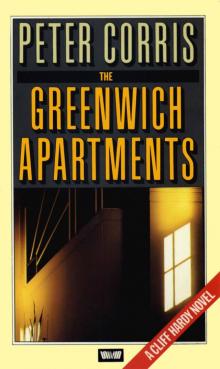 The Greenwich Apartments
The Greenwich Apartments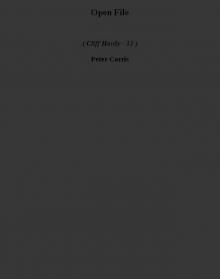 Open File ch-33
Open File ch-33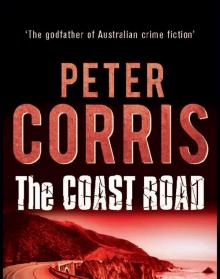 The Coast Road
The Coast Road The Washington Club
The Washington Club Gun Control
Gun Control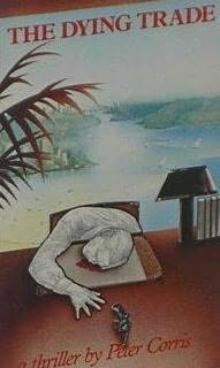 The Dying Trade ch-1
The Dying Trade ch-1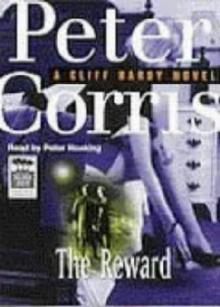 The Reward ch-21
The Reward ch-21 Master's mates ch-26
Master's mates ch-26![The Dunbar Case - [Cliff Hardy 38] Read online](http://i1.bookreadfree.com/i1/03/27/the_dunbar_case_-_cliff_hardy_38_preview.jpg) The Dunbar Case - [Cliff Hardy 38]
The Dunbar Case - [Cliff Hardy 38] The Winning Side
The Winning Side Burn, and Other Stories
Burn, and Other Stories Win, Lose or Draw
Win, Lose or Draw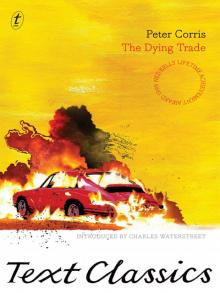 The Dying Trade
The Dying Trade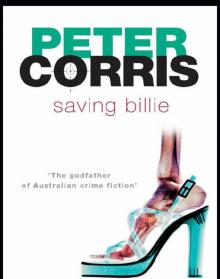 Saving Billie
Saving Billie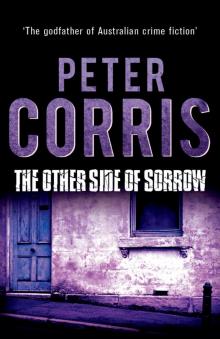 The Other Side of Sorrow
The Other Side of Sorrow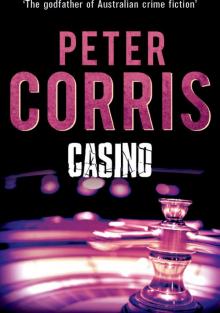 Casino
Casino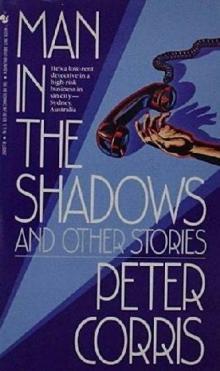 Man In The Shadows ch-11
Man In The Shadows ch-11 The January Zone ch-10
The January Zone ch-10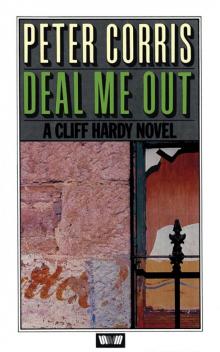 Deal Me Out
Deal Me Out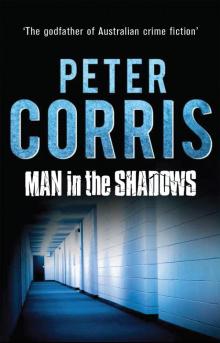 Man in the Shadows
Man in the Shadows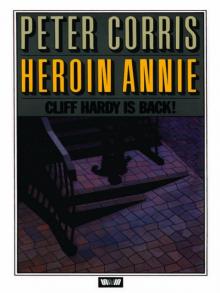 Heroin Annie
Heroin Annie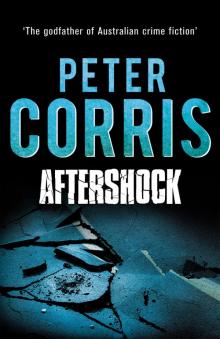 Aftershock
Aftershock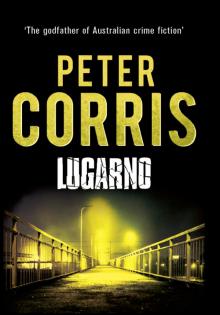 Lugarno
Lugarno Beware of the Dog
Beware of the Dog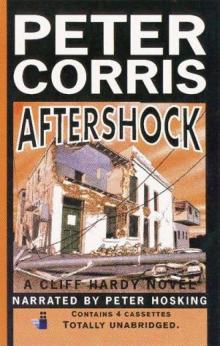 Aftershock ch-14
Aftershock ch-14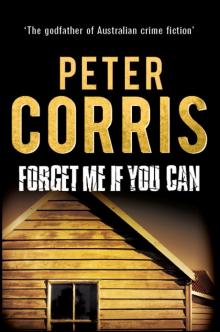 Forget Me If You Can
Forget Me If You Can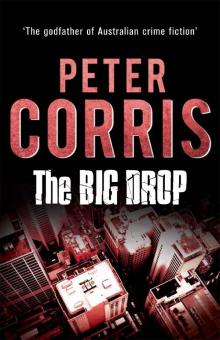 The Big Drop
The Big Drop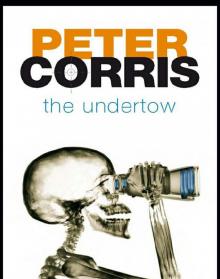 The Undertow
The Undertow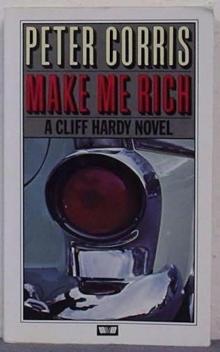 Make Me Rich ch-6
Make Me Rich ch-6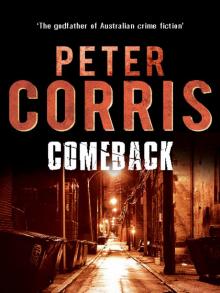 Comeback
Comeback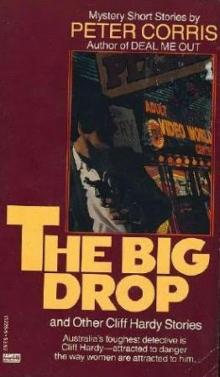 The Big Drop ch-7
The Big Drop ch-7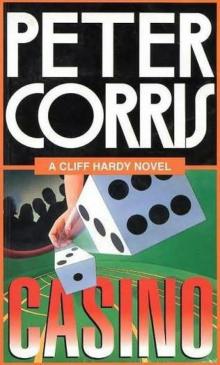 Casino ch-18
Casino ch-18![Comeback - [Cliff Hardy 37] Read online](http://i1.bookreadfree.com/i1/04/01/comeback_-_cliff_hardy_37_preview.jpg) Comeback - [Cliff Hardy 37]
Comeback - [Cliff Hardy 37]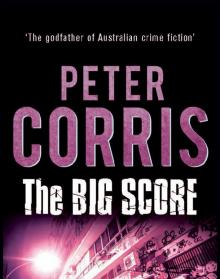 The Big Score
The Big Score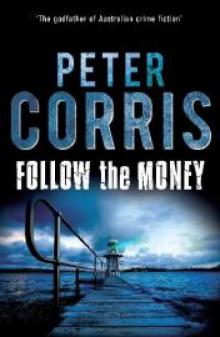 Follow the Money
Follow the Money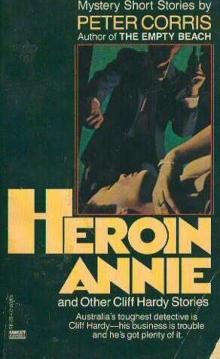 Heroin Annie ch-5
Heroin Annie ch-5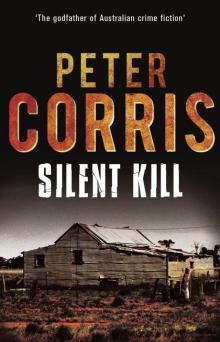 Silent Kill
Silent Kill Torn Apart
Torn Apart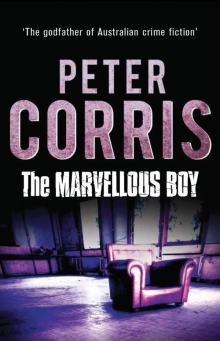 The Marvellous Boy
The Marvellous Boy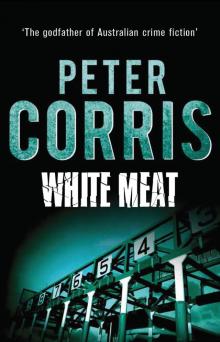 White Meat
White Meat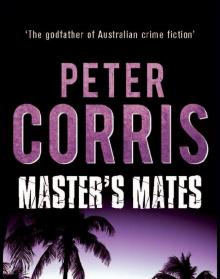 Master's Mates
Master's Mates Make Me Rich
Make Me Rich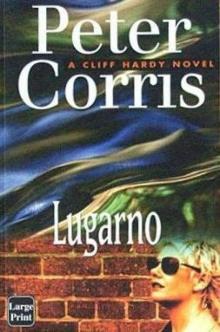 Lugarno ch-24
Lugarno ch-24 The Marvellous Boy ch-3
The Marvellous Boy ch-3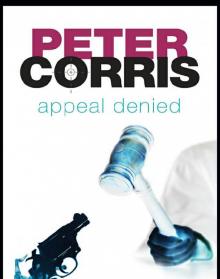 Appeal Denied: A Cliff Hardy Novel
Appeal Denied: A Cliff Hardy Novel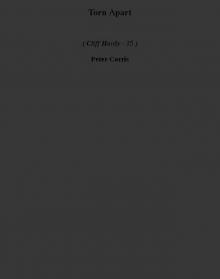 Torn Apart ch-35
Torn Apart ch-35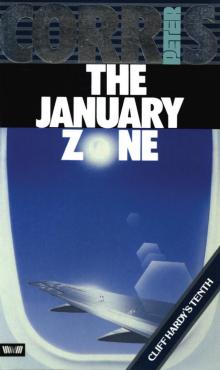 The January Zone
The January Zone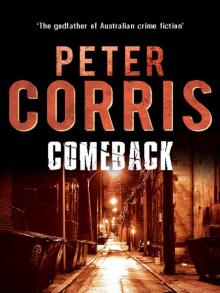 Comeback ch-37
Comeback ch-37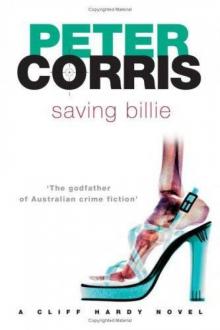 Saving Billie ch-29
Saving Billie ch-29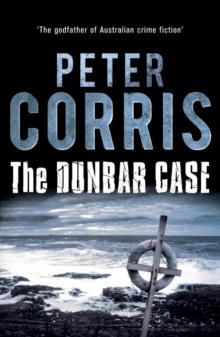 Dunbar Case
Dunbar Case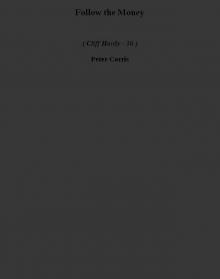 Follow the Money ch-36
Follow the Money ch-36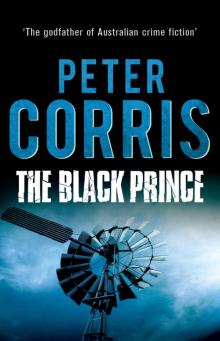 The Black Prince
The Black Prince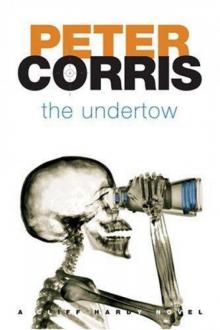 The Undertow ch-30
The Undertow ch-30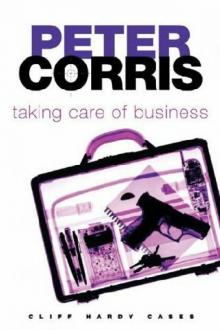 Taking Care of Business ch-28
Taking Care of Business ch-28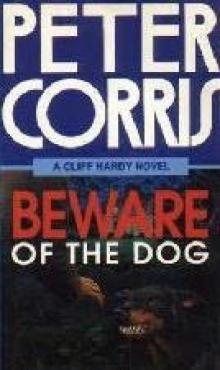 Beware of the Dog ch-15
Beware of the Dog ch-15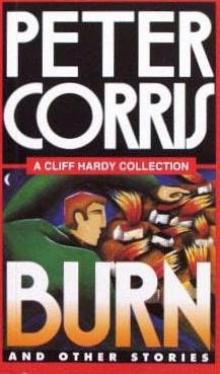 Burn and Other Stories ch-16
Burn and Other Stories ch-16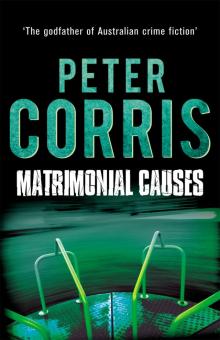 Matrimonial Causes
Matrimonial Causes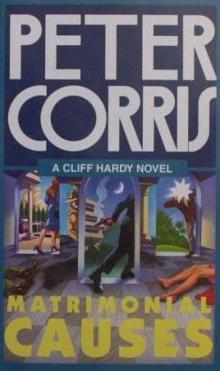 Matrimonial Causes ch-17
Matrimonial Causes ch-17 The Empty Beach ch-4
The Empty Beach ch-4 The Coast Road ch-27
The Coast Road ch-27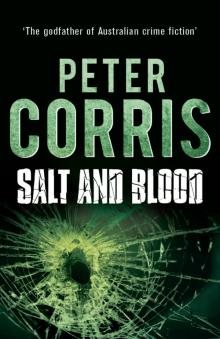 Salt and Blood
Salt and Blood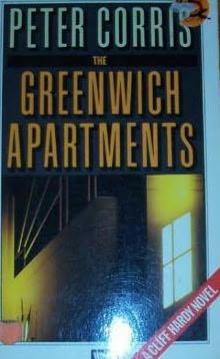 The Greenwich Apartments ch-8
The Greenwich Apartments ch-8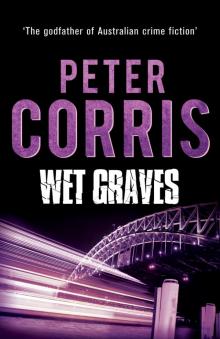 Wet Graves
Wet Graves